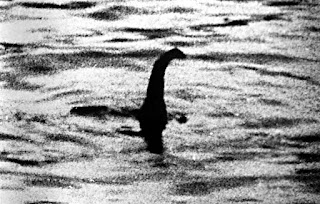What is a wormhole?
A wormhole is a theoretical passage through space-time that could create
shortcuts for long journeys across the universe. Wormholes are predicted by the
theory of general relativity. But be wary: wormholes bring with them the
dangers of sudden collapse, high radiation and dangerous contact with exotic
matter.
Wormholes
were first theorized in 1916, though that wasn't what they were called at the
time. While reviewing another physicist's solution to the equations in Albert
Einstein's theory of general relativity, Austrian physicist Ludwig Flamm realized
another solution was possible. He described a "white hole," a
theoretical time reversal of a black hole. Entrances to both black and white
holes could be connected by a space-time conduit.
A wormhole can be visualized as to take a
sheet of paper and draw two somewhat distant points on one side of the paper.
The sheet of paper represents a plane in the ‘spacetime continuum’ and the two points
represent a distance to be traveled, however theoretically a wormhole could
connect these two points by folding that plane so the points are touching. In
this way it would be much easier to traverse the distance since the two points
are now touching.
Science
fiction is filled with tales of travelling through wormholes. But the reality
of such travel is more complicated, and not just because we've yet to spot one.
The first problem is size.
Primordial wormholes are predicted to exist on microscopic levels, about 10–33 centimeters. However, as the universe
expands, it is possible that some may have been stretched to larger sizes.
Another problem comes from
stability. The predicted Einstein-Rosen wormholes would be useless for travel
because they collapse quickly.
Check out apps on play store:
Quiz app
Weather Time
Check out apps on play store:
Quiz app
Weather Time



